Time to make cookies! My mom has been making the same pepparkaka recipe since 1986, and it hasn't failed her yet. Well, actually, that's not true at all. The recipe fails all the time because the amount of flour has to be just right, otherwise the cookies can't be rolled out super thin for maximum crispiness (they either get too sticky or too crumbly). So either because of tradition or because she insists the recipe is still the best, I continue make "Moster Ruth's Pepparkakor" and deal with a wonky dough. Unlike some (like the one in Swedish below), it doesn't use egg yolks, and I add more spice than the original recipe (so maybe I can start calling it Faster Kiki's Pepparkakor, a joke that about four people will get - let me know if you're one of them). Moster Ruth's Pepparkakor
1. Melt the butter in a saucepan and add the sugar, cream, syrup, and all the spices. Let the mixture cook together 2. Cool completely 3. Mix the flour and baking soda together, and slowly add it to the wet mixture until a dough forms. The dough should still be pretty sticky and loose, but not too loose 4. Let the dough sit in the refrigerator overnight 5. Roll the dough out super thin (as thin as you can!) and cut out awesome shapes 6. Bake at 450 degrees Fahrenheit for 4-5 minutes (although this changes based on your oven and how thin the cookies are, so watch the first batch carefully!) 7. Let them cool on the pan for a minute or two - otherwise they'll crack when you take them off - and then move to a cooling rack or plate. Store in a cookie tin! God Jul!
0 Comments
Your comment will be posted after it is approved.
Leave a Reply. |
Come in, the stacks are open.Away from prying eyes, damaging light, and pilfering hands, the most special collections are kept in closed stacks. You need an appointment to view the objects, letters, and books that open a door to the past. Archives
April 2023
Categories
All
|
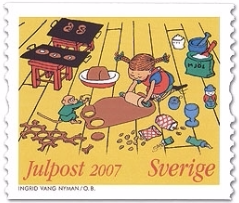
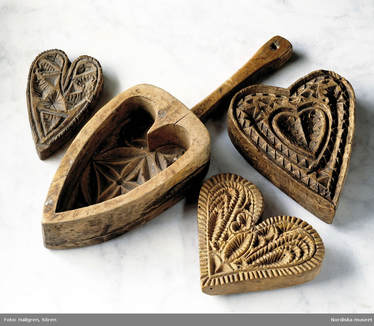


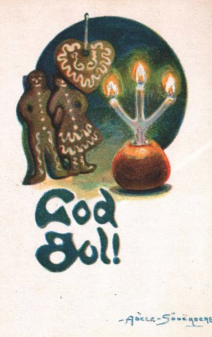
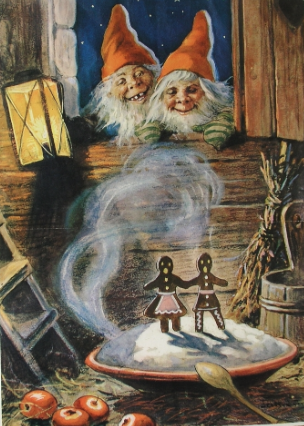

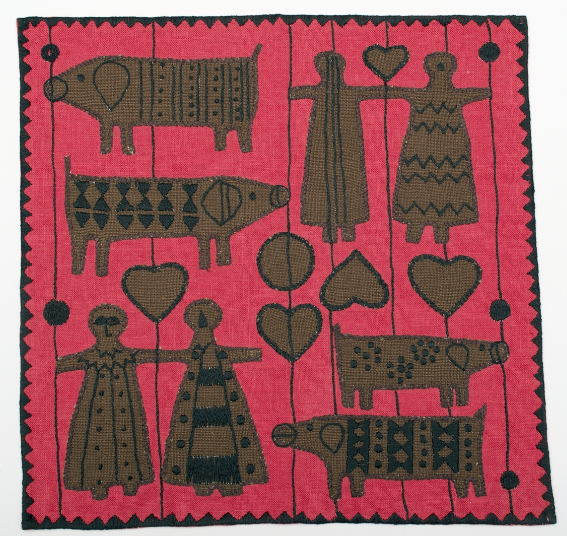
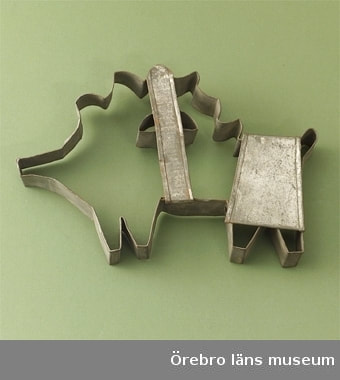
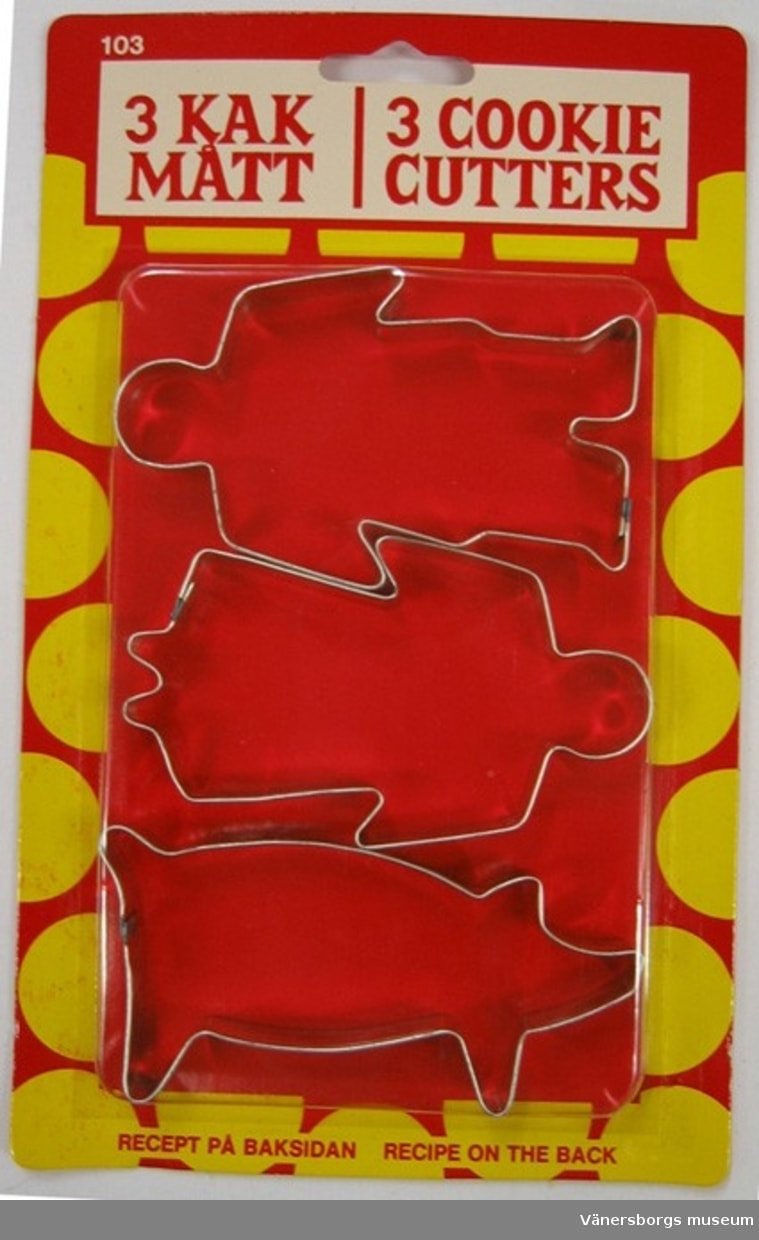

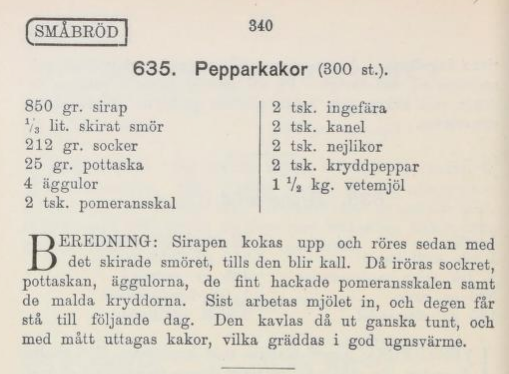

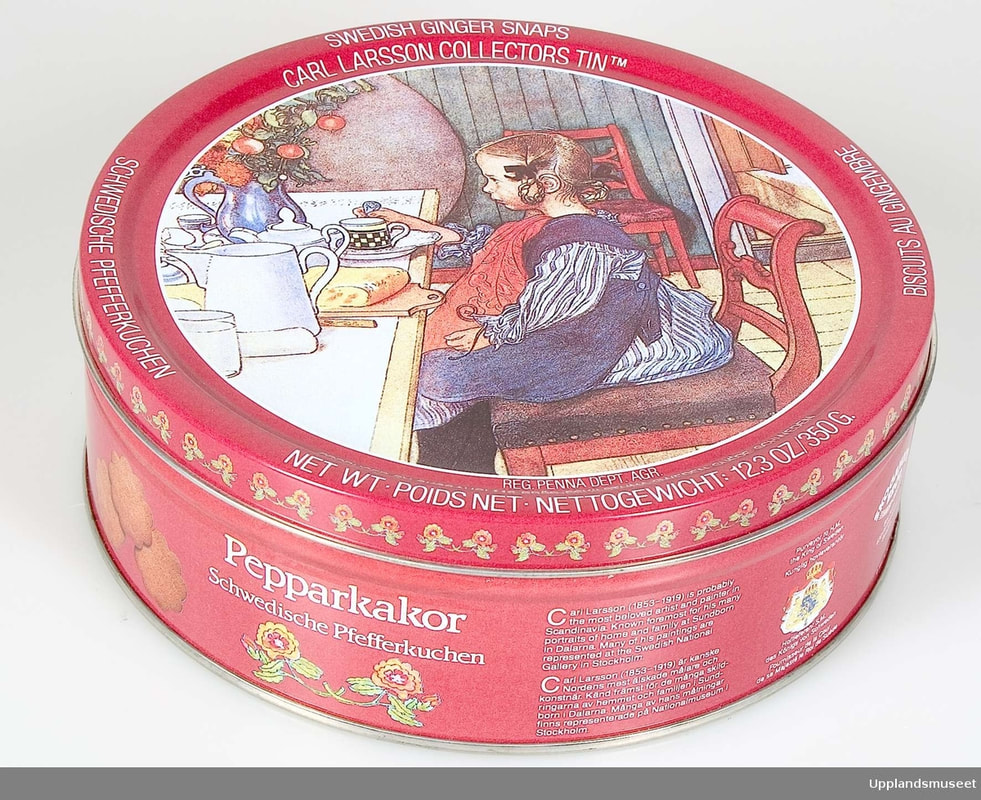

 RSS Feed
RSS Feed